During the 2021 NACS State of the Industry Summit, retail leaders representing each operating region of the United States came together to discuss the unique performance metrics that challenged their business models and created opportunities. Led by Henry Armour, NACS president and CEO, the panel of retailers highlighted their thoughts and experiences on managing change, the workforce, winning trips and delivering exceptional convenience retail experiences.
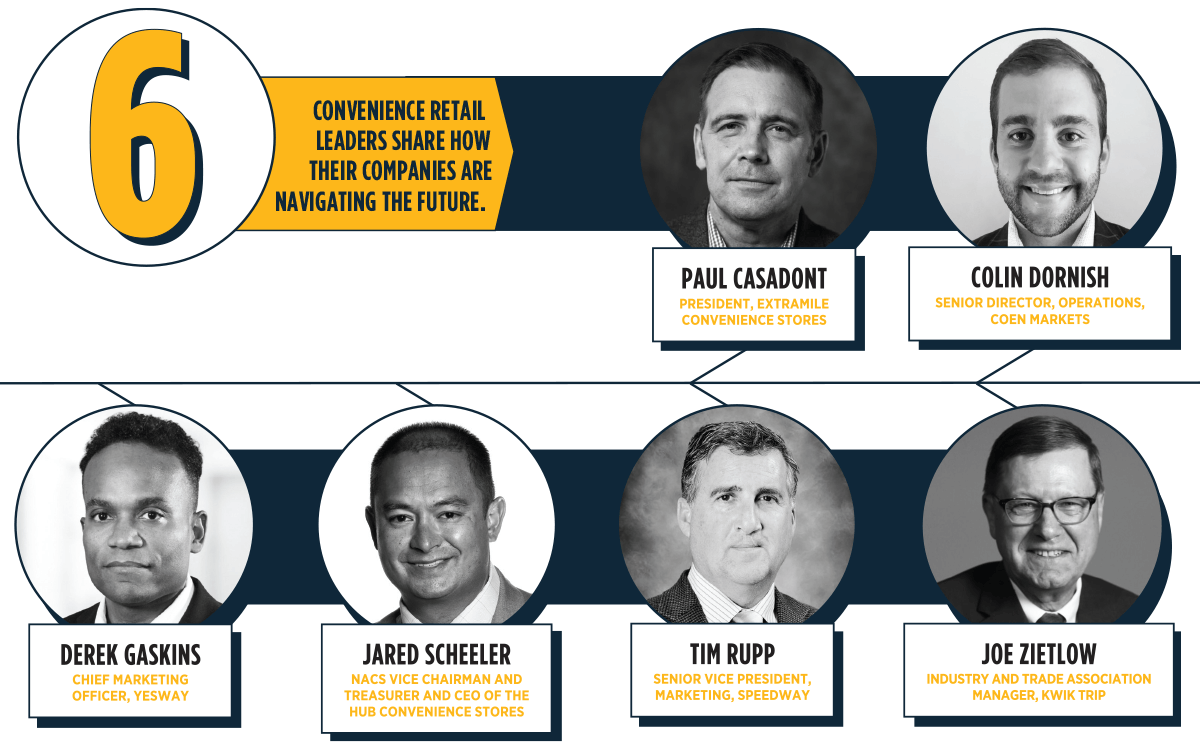
Managing Change
Some of the changes convenience retailers made in 2020 have traction moving forward.
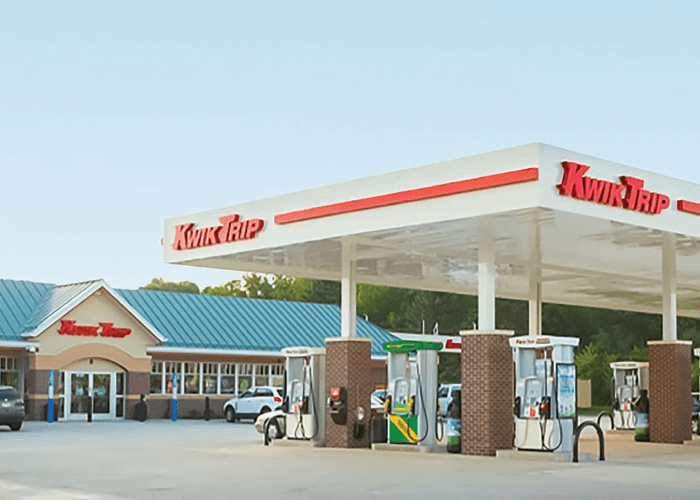
For Kwik Trip, a drop in breakfast and lunchtime sales accelerated the Wisconsin-based retailer’s mealtime solutions to capture the dinner daypart.
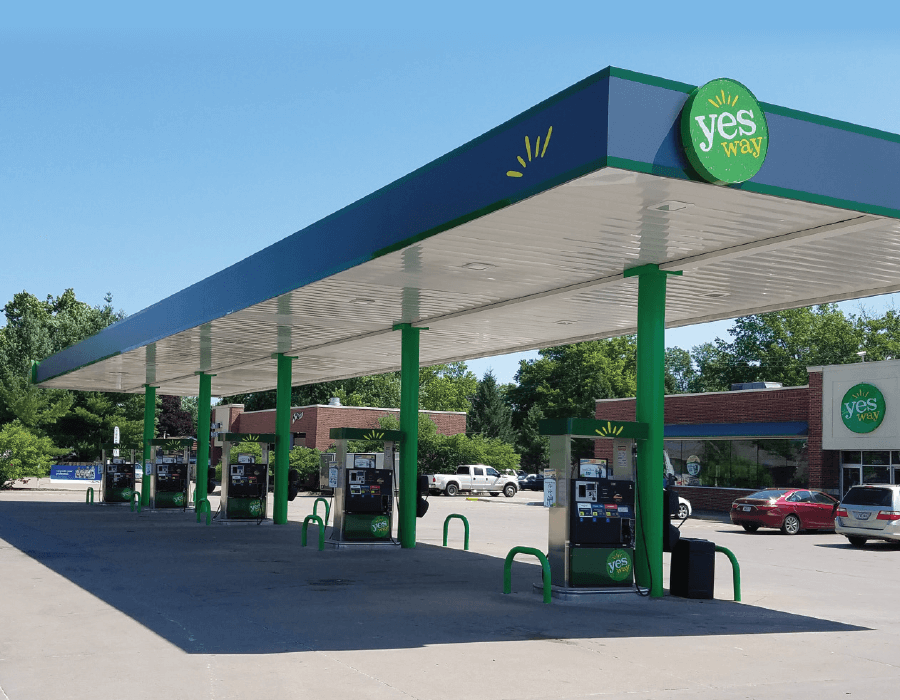
Yesway continued its Hospitality Heroes program to celebrate frontline workers and capture the spirit of exceptional customer service under pressure.
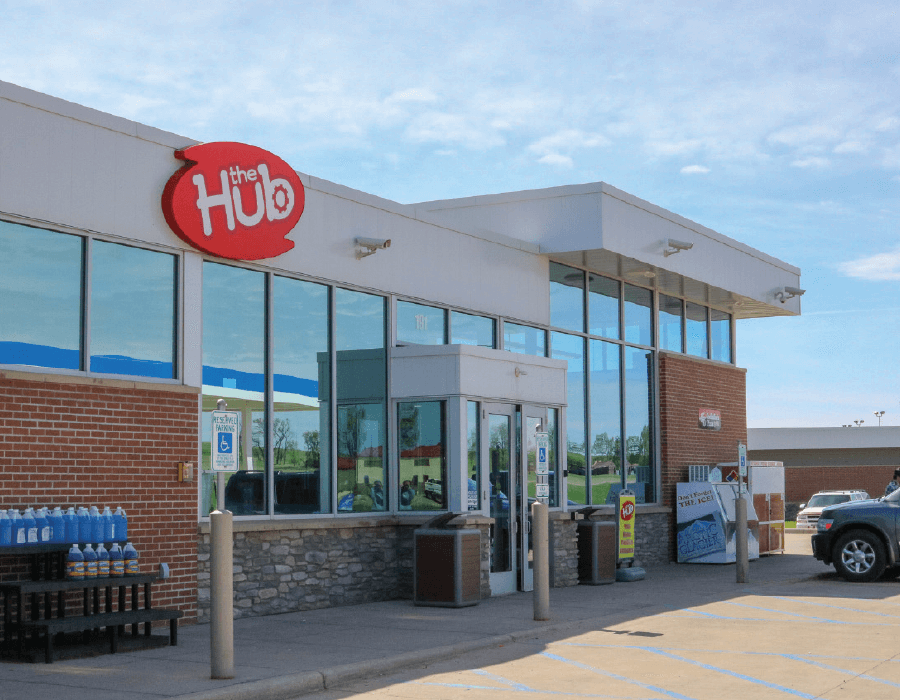 “One area that stuck out to me was the importance of the drive-thru as we move forward,” said Jared Scheeler, CEO of The Hub Convenience Stores.
“One area that stuck out to me was the importance of the drive-thru as we move forward,” said Jared Scheeler, CEO of The Hub Convenience Stores.
Eye on the Competition
Online shopping exploded during the pandemic. The U.S. saw a 44% increase in e-commerce sales in 2020. To capture this momentum, strategic planning should include how digital and physical retail can create engaging customer experiences.
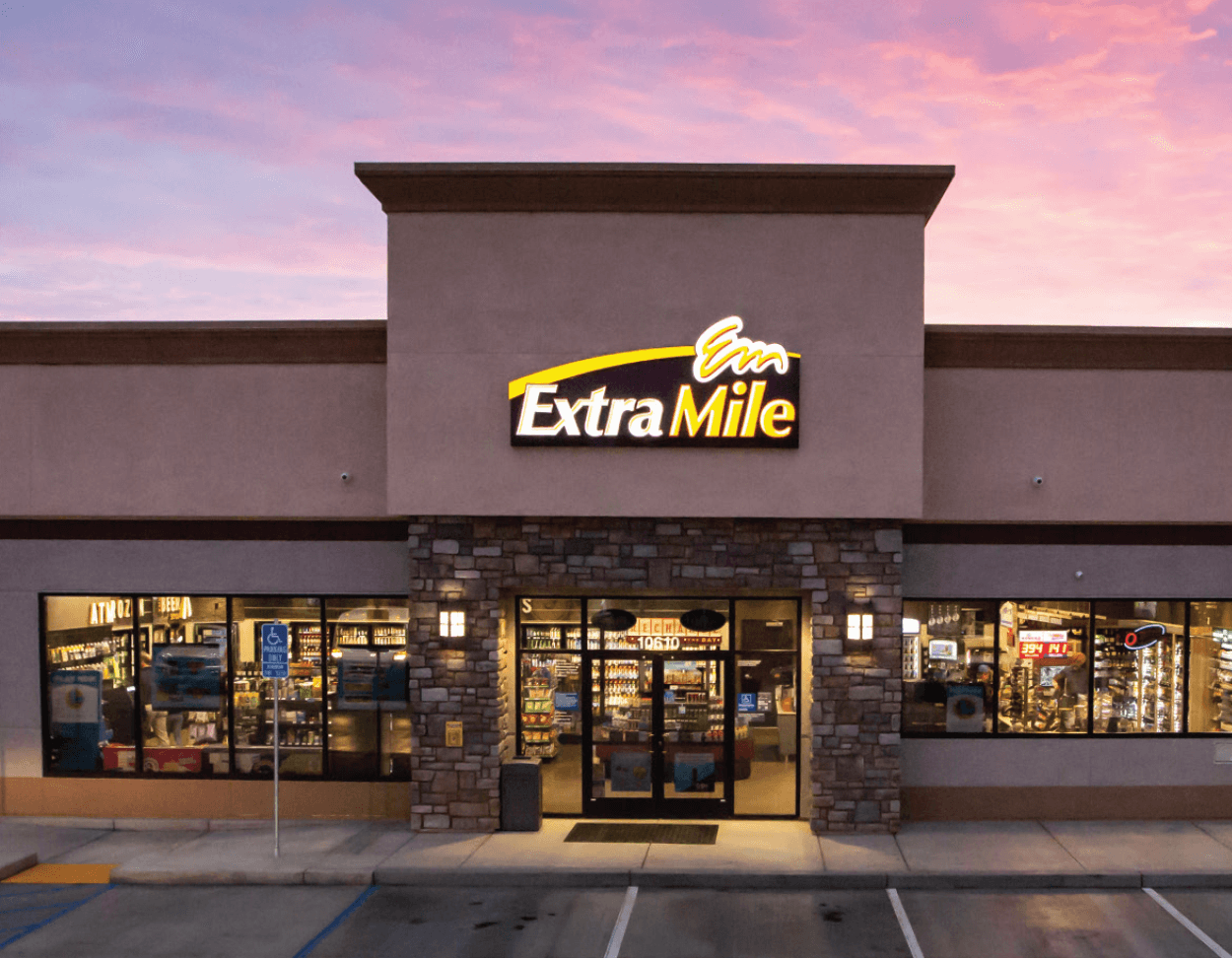
“E-commerce opens our industry up to consumers who did not have convenience stores in their consideration set. The same way a good in-store experience might lead to an e-commerce customer, having an e-commerce experience could turn into a brick-and-mortar customer for us as well,” said Paul Casadont, president of ExtraMile Convenience Stores.
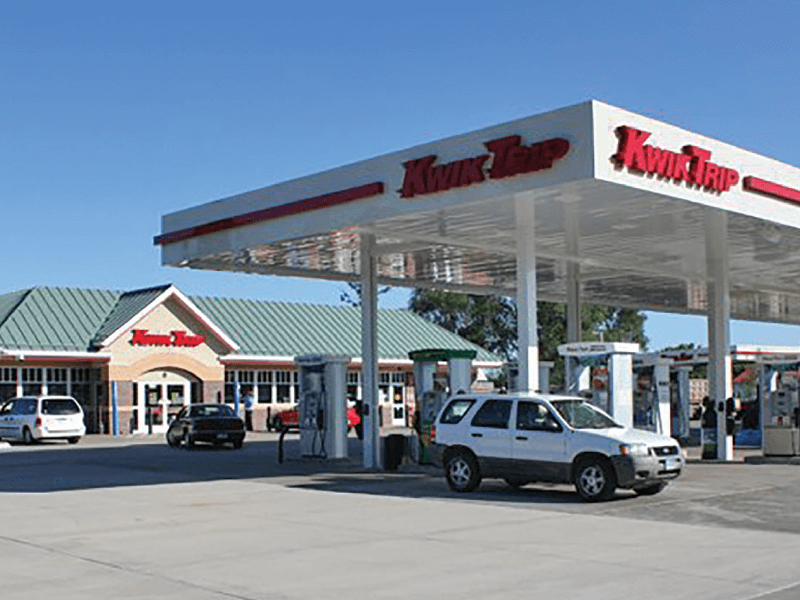
Convenience retailers continue to capitalize on how they can compete for their shopper’s share of stomach—literally. Joe Zietlow, industry and trade association manager at Kwik Trip, said his stores saw a huge shift in food purchasing when bars and restaurants were closed. “We embraced the opportunity to sell food to people eating at home. We ramped up supply on milk, bread, buns and meats. This shift also created an opportunity for us to embrace curbside and delivery to continue meeting these new customer needs,” he said.
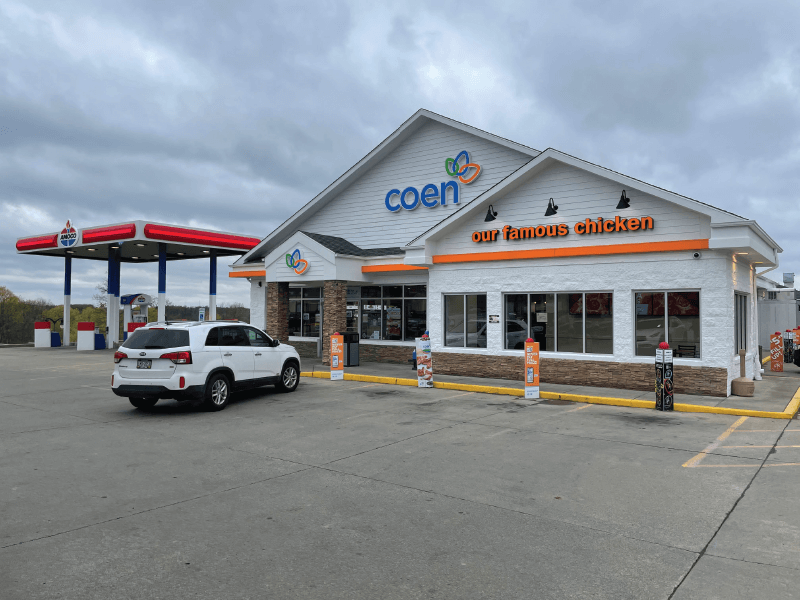
Colin Dornish, senior director of operations at Coen Markets, said that the No. 1 element virtually all QSRs have is a drive-thru window. To compete, convenience retailers should “explore where they can put in drive-thrus, make sure curbside is a good experience and that the technology is functional and frictionless, and look at delivery,” he said.
In-Store Categories
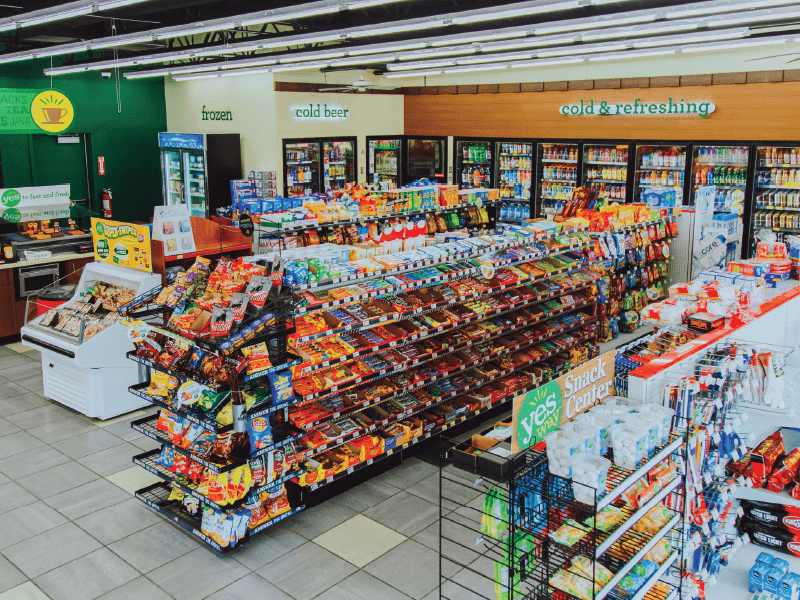
Coming off another record year of in-store sales, a handful of observations stood out to explain why consumers leaned on their local c-stores in 2020.
“Customers were yearning and returning to comfort. They wanted brands of yesteryear or the bigger comfortable brands,” said Derek Gaskins, chief marketing officer of Yesway. “We saw indulgence brands challenged with this growth because they didn’t see it coming, while categories like energy drinks and CBD took a hit early in the pandemic because people were grabbing for the basics and everyday indulgence,” he said.
Casadont agreed: “Given the economic situation that many people were in, every dollar they were willing to spend was more important. They looked for things that were comforting, and there was less desire to purchase innovation because they didn’t want to be disappointed and not have money to buy something else,” he said.
Winning Trips Although there were fewer trips—total transactions declined 13.9% for the year—in-store sales grew 1.5% to a record $255.6 billion in 2020. The average basket size was $7.34 versus $6.20 in 2019— an 18.4% increase. What influenced this behavior? The panelists cited several observations:
Customers purchased products they had never bought before in a c-store and realized they weren’t being exposed to as many people as they would in the larger big box and grocery store environments.
Pre-pandemic, the customers who came in two or three times a day shifted to buying in bulk and stopping by less often during 2020, although they were spending more on each trip.
There will be changes in consumer habits, notably a continuation of buying bigger pack sizes and spending more money on fewer in-store trips.
Workforce Challenges
Labor practices changed in 2020, setting new expectations for staffing stores.
“Look at productivity on your third shift and be honest about whether it was profitable during the pandemic,” suggested Tim Rupp, senior vice president, marketing at Speedway. He noted how store traffic dramatically declined between 10 p.m. and 5 a.m.
“We’ve all seen the shift of the morning daypart stretching into the afternoon, so allocating your labor in response to when the transactions are happening on an hourly basis is important for our industry to remain profitable,” he said.
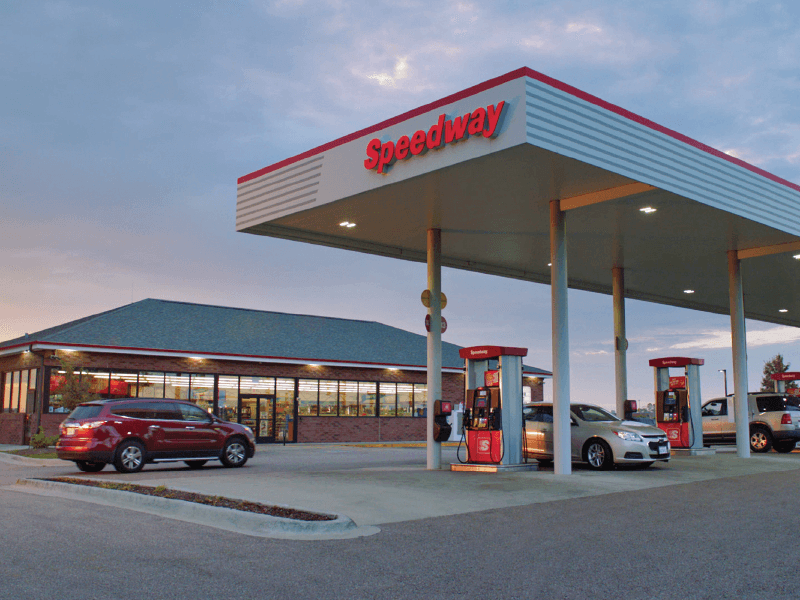
Convenience Retail Priorities
 Lori Stillman
Lori Stillman
The strength and resiliency of convenience and fuel retailers during 2020 showcases how the industry can come together during crisis to serve their communities, deliver essential services and protect employees and customers.
For most retailers, strategies and business plans were dismantled to adapt to new operating norms. Shopping patterns and consumer behaviors changed, revealing inefficiencies in the supply chain and bringing new opportunities that can have a lasting impact.
Lori Stillman, NACS vice president of research, delved into the future of convenience retail and the lessons of 2020 as the backdrop for the key priorities that operators must embrace to rebuild and deliver profitable growth in 2021 and beyond.
Now is the time to up the game, Stillman suggested. One way to continue sharing the positive impact retailers have in their communities is telling their story about how their frontline staff served customers during the pandemic. Investments in cleaning and sanitation and in-store modifications also amplify the message that safety was and continues to be a top priority.
“Don’t just assume that shoppers can see all your hard work; you need to tell them,” she said, noting that retailers can let customers know about their safety efforts though in-store signage, social media and loyalty platforms.
Despite the industry’s adaptability and resiliency, the challenges of 2020 will be felt long after the pandemic. Although shopper habits and routines changed, now is the time for retailers to embrace new product innovation and explore new brands that bring excitement to stores.
These changes also have staying power. Per McKinsey data, more than 60% of U.S. consumers who tried a new behavior plan to stick with it post-pandemic. “These new behaviors create opportunities for convenience retailers,” said Stillman.
Winning Trips
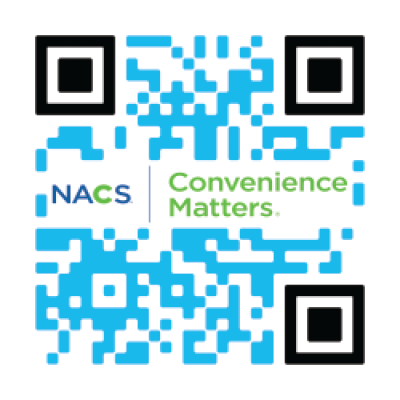 While total industry transactions declined nearly 14% in 2020, basket sizes increased by almost 19%, compared with 2019. NACS Vice President of Research Lori Stillman digs into these numbers in this Convenience Matters podcast. Scan the QR code to listen.
While total industry transactions declined nearly 14% in 2020, basket sizes increased by almost 19%, compared with 2019. NACS Vice President of Research Lori Stillman digs into these numbers in this Convenience Matters podcast. Scan the QR code to listen.
Outlook Ahead
What excites the panelists most about the future and outlook for convenience?
“�We always change to meet the moment and to serve—that is what excites me; the constant change and the opportunities, whether it’s new categories or the new customers that came into our stores, these are very exciting times,” said Gaskins.
“�The durability our industry has with last mile capabilities was proven in 2020,” said Rupp.
Dornish kept it short and sweet: “Continuing to test what the art of the possible is.”
“What I saw in 2020 gives me extra confidence that our industry will adapt as need be and do it quickly,” said Scheeler.
For Zietlow, a long-held industry perception is diminished. “We’re not just a gas station anymore,” he said.
Casadont noted that the definition of convenience has expanded, “and it will do wonders for those who are willing to go for it.”